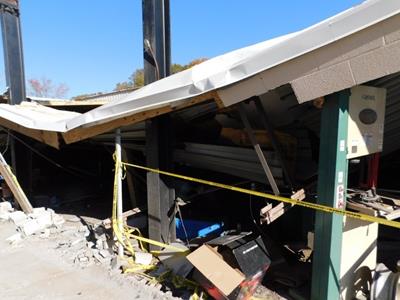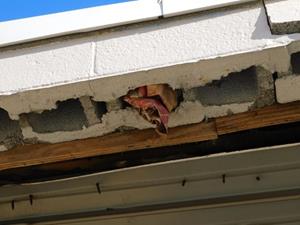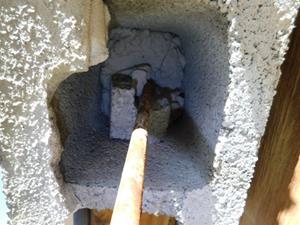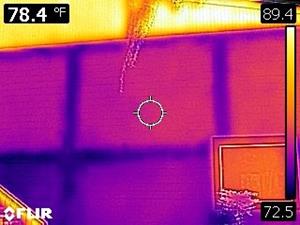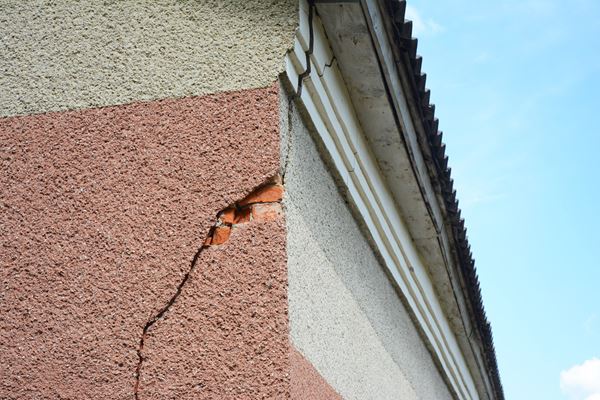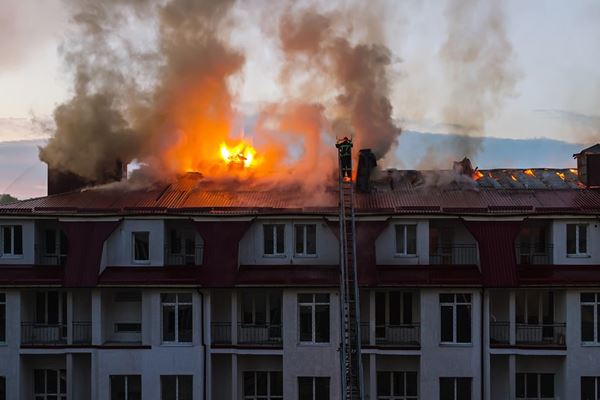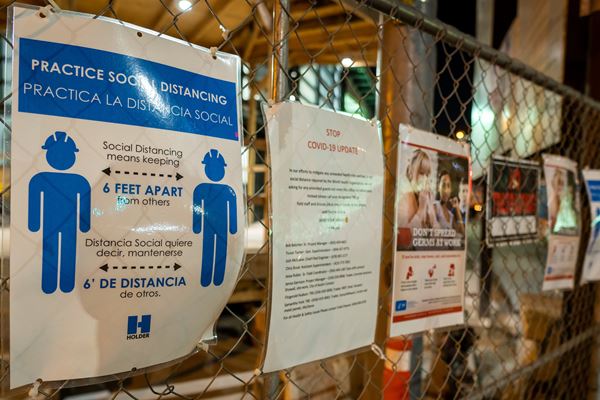Hidden Defects in Concrete Masonry Construction: It's What's on the Inside That Counts
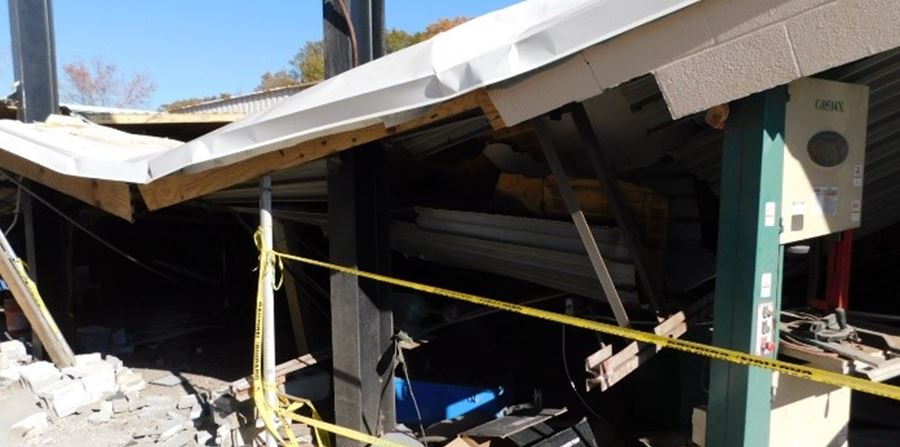
Identifying defects in modern construction can be a challenging task once the structure is completed, especially in structures that include reinforced concrete masonry construction. These types of construction derive a considerable portion of their strength from components embedded within the thickness of the element. In many instances, defects in this type of construction can go unnoticed for years or even decades, eventually leading to failures associated with seemingly minor loading events.
Because of the complex nature of losses related to hidden defects in concrete masonry construction, it's important to keep an eye out for identifying indicators, which may not seem significant, but can pose a large risk for possible failure. Fortunately, low-cost, nondestructive testing methods can be used to help spot risks before a failure occurs, as well as uncover the true cause of a failure after a loss.
Overview of Concrete Masonry Strengthening Measures
Concrete masonry construction is a desirable building material due to its relatively high strength, resistance to fire damage, long-term durability, and the speed and cost of construction. In addition, the strength of concrete masonry can be increased by placing grout and reinforcing steel within its cells.
These strengthening measures result in an expanding spectrum of applications for the masonry by improving the performance of the material in compression, tension, bending, and shear, as well as increasing its ductility and energy dissipation potential. Unfortunately, the grout and reinforcing steel, which are integral to the structure, are concealed from view once the structure is completed.
Due to the importance of these strengthening measures in the performance of a structure, many building owners and governing municipalities have adopted inspection requirements to verify that those measures are implemented as designed. These requirements can vary based on the complexity of construction, the owner of the building, municipal requirements, and the importance of the structure. Commonly included items include the verification of the spacing of grouted cells, size and spacing of reinforcing steel, and quality of material. But what happens when deficiencies are deliberately concealed from the building inspector, engineer, or special inspector?
Case Study: 1970s Building Missing Strengthening Features
A recent inspection of a building in which the omission of strengthening provisions was never identified serves as a cautionary tale. The subject building was a warehouse-type structure constructed in the 1970s, consisting of load-bearing concrete masonry walls that supported an open web steel bar-joist roof structure. The west wall of the structure featured overhead doors that measured up to 12 feet in width.
In November, the region was affected by a storm that produced a sudden downpour of rainfall and moderate wind speeds. The building owner returned to the structure to find that the west concrete masonry wall had failed and the supported roof had partially collapsed.
An inspection of the remnants of the wall revealed that no vertical or horizontal reinforcing steel had been provided within the wall. Similarly, grout was absent from the cells of the masonry. Most concerning was the absence of grout and reinforcing steel over the overhead door openings. While building code requirements have changed considerably since the 1970s, the unreinforced and un-grouted condition of the wall surely couldn't have been the design intent.
A review of historical imagery found that cracks had formed in the concrete masonry over the door openings years before the wall's eventual failure. Repair attempts had been made on multiple occasions, presenting an early indicator of a potential deficiency.
A review of historical imagery found that cracks had formed in the concrete masonry over the door openings years before the wall's eventual failure. Repair attempts had been made on multiple occasions, presenting an early indicator of a potential deficiency.
Examination of the remnants of the wall revealed that the masonry cells at the top of the wall were filled with trash and broken concrete masonry fragments. A skim coating of grout had been applied atop the trash- and debris-filled cells, possibly an attempt to deceive an inspector into believing the cells were filled with grout. These omissions left the wall woefully below the required capacity and, notably, left the roof secured to the walls using anchor bolts embedded in ½-inch to 1-inch of unreinforced grout. Now, the question wasn't, "How did the wall fall?" but rather, "How did the wall last this long?"
Non-Destructive Analysis of Concrete Masonry
While the concealed nature of strengthening measures makes it difficult to confirm their existence, it does not render the task impossible. Trained experts can use several nondestructive techniques to verify the existence and location of grouted cells and embedded reinforcing steel.
- Ground-Penetrating Radar (GPR) is completed by emitting electromagnetic radiation and measuring and recording the reflections of that signal. This technique identifies changes in material properties, thereby locating voids and grouted cells within the masonry.
- An Infrared Survey of the wall construction measures the variation in temperature of a wall. Because of the variating in density and thermal properties of a solid wall when compared to a hollow wall, the grouted cells can become visible using this scanning technique (see photograph at right).
- A Pachometer Survey (also known as a Cover Meter) uses magnetism to detect the existence of ferrous materials like reinforcing steel. Techniques have been developed to approximate the size and/or concrete cover on these embedded elements.
Hidden deficiencies can remain unnoticed for decades and pose a very real risk to a structure, its contents, and its occupants. Commonly, these deficiencies present with indicators that may appear minor or that can be confused with relatively benign movement of the structure.
Fortunately, relatively low-cost, nondestructive testing techniques have been developed and can be used by trained investigators to identify deficiencies before failures occur. When it comes to concrete masonry construction, the old phrase rings true: "It's what's on the inside that counts."
Nuestros consultores están listos para ayudar.

